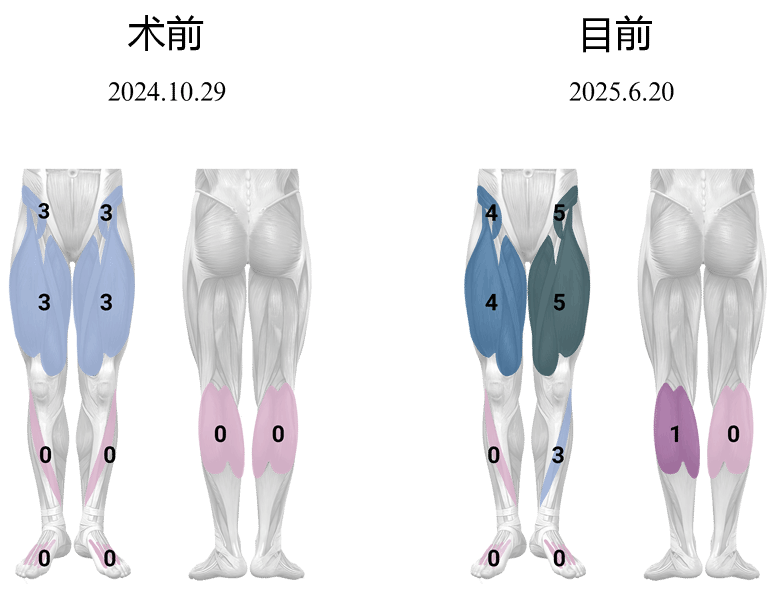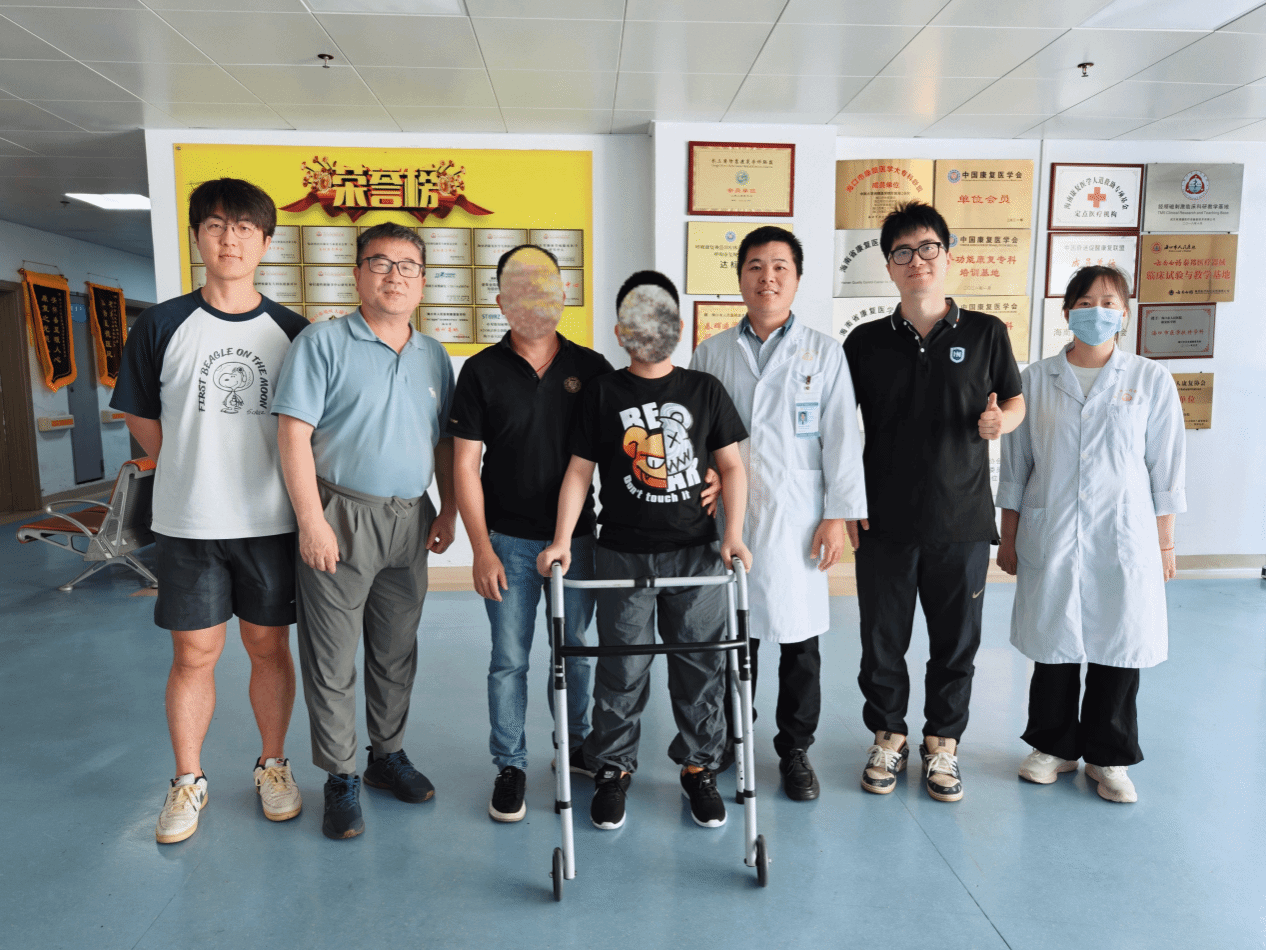The School of Biomedical Engineering at Hainan University (HNU), in collaboration with Haikou People’s Hospital and Beijing Tiantan Hospital, has recently studied the combination of epidural electrical stimulation (EES) with lower-limb exoskeleton technology. The findings were published in the international journal Cyborg and Bionic Systems. Notably, the team’s innovative approach has helped a paralyzed child in Hainan recover, enabling him to return to school this September.
In March 2024, 11-year-old student M (a pseudonym) accidentally fell from the 7th floor, resulting in multiple rib fractures and a compression fracture of the T12 vertebra. The L1 vertebra was displaced, protruding into the spinal canal and compressing the spinal cord, causing multi-segmental thoracic and lumbar spinal cord injury and degeneration from T11 to L4. Sensory and motor functions below the waist were lost, along with bladder and bowel dysfunction. After six months of treatment, M’s paraplegic symptoms in both lower limbs showed no significant improvement.

Pre-surgery Currently
Figure 1: Muscle strength levels in the patient’s lower limbs before and after treatment (Grade 0 indicates complete paralysis; Grade 5 indicates normal strength).
In November 2024, HNU’s Brain-Computer Interface Integrated Circuit & Neural Engineering Team developed a high-throughput neural signal acquisition and modulation chip as part of its ongoing research. The team also introduced an adaptive EMG (Electromyography) filtering algorithm capable of accurately restoring the real electromyographic responses in EES patients. This innovation enables more precise electrode placement during surgery and supports postoperative adjustments to optimize stimulation parameters.

Pre-surgery Currently
Figure 2: Sensory mapping of the patient’s lower limbs before and after treatment (Blue: normal sensation; Purple: reduced sensation; White: no sensation).
The research team devised a personalized treatment plan for student M. With the support of wireless EMG monitoring, spinal cord electrodes were precisely implanted. The team continuously assessed the patient’s recovery using clinical scales and a range of quantitative tools. By June 2025, M’s condition had improved from ASIA Grade A (complete paralysis) to Grade D. The patient demonstrated marked improvements in lower-limb strength, motor function, and sensory perception, along with significantly enhanced walking speed and gait stability.

Figure 3: Members of the joint research team from Hainan University, Haikou People’s Hospital, and Beijing Tiantan Hospital visit the patient.
Translated by Zhang Xiaohan
Proofread by Yang Jie